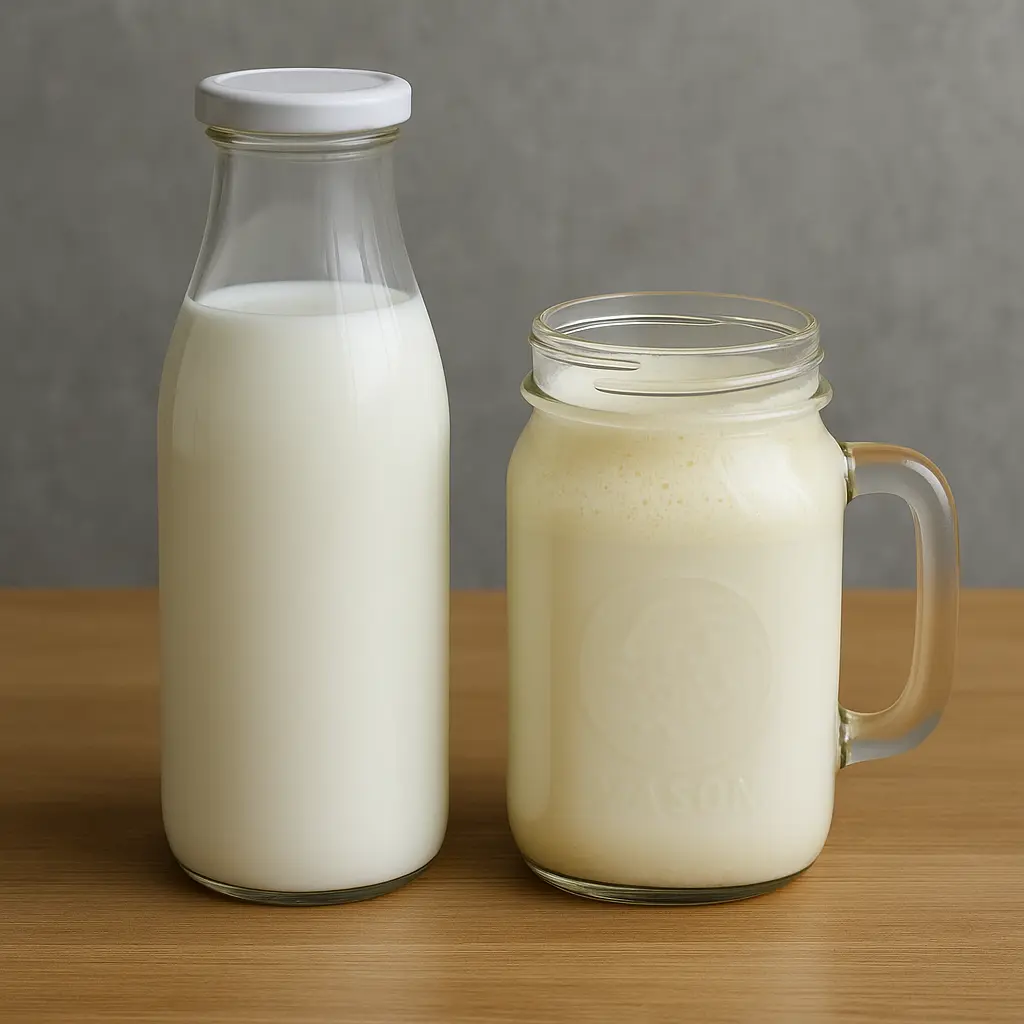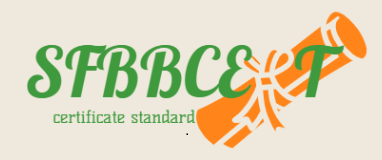In recent years, with a growing public interest in healthy nutrition, many families have turned to consuming natural and so-called “organic” products. Among them, traditional dairy products remain a popular part of cultural food habits. But is consuming these unregulated dairy products truly a healthy and risk-free choice? Or should we trust only industrial pasteurized dairy?
In this article, we present a comprehensive and scientific review of the differences, benefits, risks, and misconceptions surrounding traditional and pasteurized dairy. Drawing on data and recommendations from the Ministry of Health and global food safety standards such as SFBB (Safer Food, Better Business), we aim to provide a clear path for making the right decision.
Brucellosis: A Hidden Threat in Traditional Dairy
One of the major health concerns with traditional dairy is its direct link to zoonotic diseases, particularly brucellosis. This dangerous disease, caused by Brucella bacteria, is responsible for approximately 75% of infections in rural areas due to the consumption of unpasteurized dairy or direct contact with infected animals, according to the Ministry of Health. Even in urban areas, about 25% of infections arise from consuming products like fresh cheese, unpasteurized cream, or ice cream.
Although treatable, brucellosis requires long, intensive antibiotic therapy and medical care, making prevention essential.
Traditional Dairy: Imagined Benefits or Real Danger?
Traditional dairy products are often marketed as “natural,” “organic,” and “pure.” However, these products are usually produced without any sanitary oversight and may contain various microbial or parasitic contaminants.
Why traditional dairy can be dangerous:
Raw milk without heat treatment: May contain harmful bacteria like Brucella, Listeria, Salmonella, and E. coli.
Lack of veterinary control: Many animals can carry diseases without showing symptoms.
Poor hygiene and lack of cold chain: Transport and storage in warm conditions allow microbial growth.
Unregulated packaging: Exposure to air, light, and contaminated containers accelerates spoilage.
Pasteurized Dairy: The Food Safety Standard
Pasteurized dairy products are processed under controlled conditions using advanced thermal technology to eliminate pathogens without harming nutritional value. Contrary to popular myths, industrial dairy products do not contain chemical preservatives.
Types of milk heat treatments:
| Type | Heating Temperature | Shelf Life | Features |
|---|---|---|---|
| Pasteurized | 72°C for 15 seconds | ~7 days | Natural taste, suitable for daily use |
| UHT (Sterilized) | 135°C for a few seconds | Up to 6 months | No refrigeration needed before opening |
Common Misconceptions About Pasteurized Dairy
Many believe that industrial dairy contains harmful additives or has inferior nutritional quality, yet these concerns lack scientific basis. Shelf life differences stem solely from the heating method and packaging, not preservatives.
Common myths vs. scientific facts:
| Myth | Reality |
|---|---|
| Pasteurized milk contains preservatives | False. Longevity is due to heating and packaging methods. |
| Traditional dairy is healthier and more natural | Without sanitary oversight, it may carry harmful pathogens. |
| Better taste means healthier product | Taste can be deceptive; microbial safety is the true measure of quality. |
Who Is Most at Risk?
While traditional dairy poses health risks for everyone, the following groups are especially vulnerable:
Infants and children
Elderly people
Pregnant women
Individuals with weakened immune systems
Farmers and livestock workers
Contact With Infected Animals: An Overlooked Risk
Beyond consuming traditional dairy, direct contact with infected livestock can also lead to brucellosis. Even breathing in animal sheds or touching animal secretions through skin wounds can introduce the bacteria into the body. This is especially critical for rural residents and farm workers.
What to Do If You Must Use Traditional Milk?
If using traditional or raw milk is unavoidable, follow these safety measures:
Boil the milk thoroughly and let it simmer for 3 to 5 minutes.
Cheese made from raw milk should be aged in saltwater for at least 3 months.
Yogurt, butter, and cream must be made from previously boiled milk.
Use clean, preferably glass or stainless-steel containers for storage.
Hygiene Tips to Prevent Dairy-Borne Illnesses
To ensure dairy safety, follow these hygiene practices:
Always check production and expiration dates.
Buy from reputable brands with official food safety certifications.
Store products below 4°C in the refrigerator.
Avoid buying products without packaging or sanitary information.
Once opened, consume the product within the recommended time frame.
Conclusion: Smart Choices for Personal and Public Health
In today’s world—where public health is threatened by microbial risks and zoonotic diseases—following food safety guidelines is more vital than ever. While traditional dairy is a part of our culinary heritage, health should not be sacrificed for nostalgia or misinformation.
Pasteurized dairy, despite public skepticism, is a healthy, scientifically validated, and safe option for daily nutrition. If properly chosen and consumed, it not only retains high nutritional value but also protects against infections like brucellosis, salmonella, and listeriosis.
Following these practices not only aligns with SFBB (Safer Food, Better Business) standards but also plays a crucial role in family health, reducing medical burdens, and preventing silent epidemics.
Final Word
As public awareness grows, it’s time to shift from traditional views of nutrition toward science-based, safe practices. A simple daily decision—choosing between traditional or pasteurized dairy—can have a significant impact on our current and future well-being.





No comment